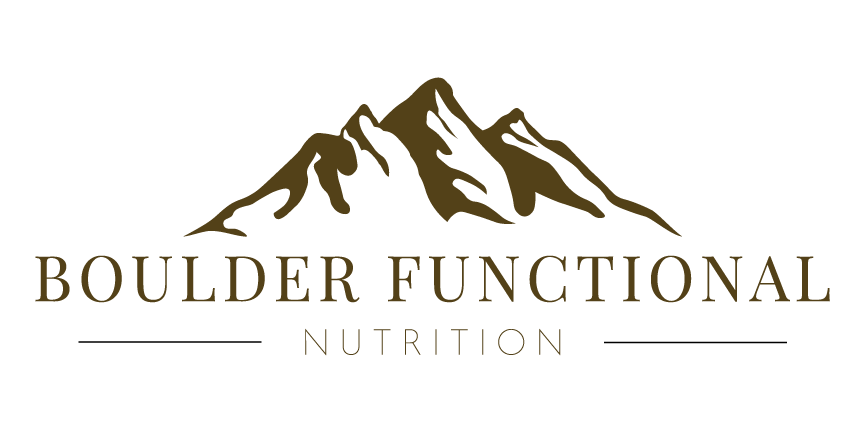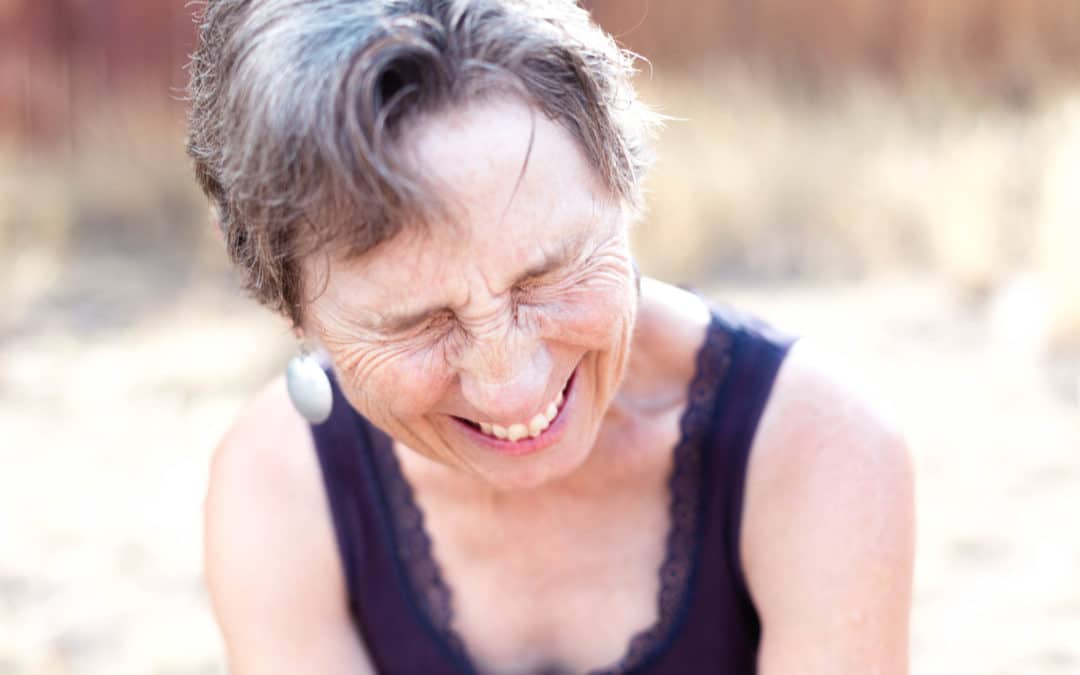Did you know that about 54 million Americans have osteoporosis—a gradual thinning out of the bones—or low bone density, which may lead to fracture and bone loss in the jaw1?
Despite your age or gender, dental bone loss can be a scary thing. But there is good news: you can begin supporting your bone health now to encourage strong bones for your later years in life. In today’s article, we’re going to review what causes bone loss and simple steps for combatting bone loss at any age.
A healthy diet can help you maintain strong bones and prevent bone loss. Bone health depends on a variety of factors, including:
- Genetics
- Physical activity level
- Age
- Hormone balance
- Nutrition
Nutrition is essential for the growth and repair of bone tissue, especially in the jaw. As we age, our bodies lose calcium through urine and feces as well as through the skin. This loss can lead to weak bones that are more susceptible to fractures, especially in the jaw.
To prevent this, we want to make sure your diet includes adequate amounts of calcium, and vitamin D. Calcium helps build strong bones, while Vitamin D increases its absorption from food sources. Vitamin D deficiency is strongly associated with osteoporosis, bone disease, and fracture.
We recommend testing your vitamin D levels twice per year to monitor deficiency risk.
Bone is living tissue. To keep bones strong, your body breaks down old bone and replaces it with new bone tissue. Sometime around age 30, bone mass stops increasing, and the goal for bone health is to keep as much bone as possible for as long as you can.
As people enter their 40s and 50s, more bone may be broken down than is replaced2.
Osteopenia, or low bone mass, signifies bone loss has started, but you can still take action to keep your bones strong and maybe prevent osteoporosis later in life3.
Osteoporosis is a disease that weakens bones to the point where they break easily—most often, bones in the hip, spine, wrist, and dental region. Osteoporosis is called a “silent disease” because you may not notice any changes until a bone breaks. All the while, though, your bones had been losing strength for years4.
Table of Contents
So What Are 4 Simple Steps For Combatting Bone Loss?
Step 1: Exercise more.
Exercise helps stimulate the cells responsible for building bones. But not just any exercise will do. To promote bone health, aim for weight-bearing and resistance exercises 3 or 4 days a week. These types of exercises strengthen your muscles and build bone5.
Examples of weight-bearing exercises include walking, running, dancing, and hiking, just to name a few. Examples of resistance exercises include weights, elastic bands, or water aerobics.
Step 2: Eat for bone health.
A diet rich in protein, calcium, and vitamin D is key to supporting long-term bone health. As a matter of fact, focusing on these nutrients in childhood is super important, as this is when you can build “peak bone mass.”
Include the following foods to support bone health:
- High-quality dairy products, like yogurt, milk, cheese, etc.
- Wild-caught, bone-in fish, like sardines, salmon, etc.
- Dark, leafy greens
- Kelp
- Parsley
- Underground vegetables, like potatoes, beets, carrots, etc.
- Seeds, especially poppy and sesame
- Nuts, specifically almonds and brazil
It’s important to note that healthy bone formation also depends on other nutrients like vitamins A and K2 and minerals like magnesium and silica, each of which plays a role in regulating calcium metabolism.
Some research suggests that consuming optimal levels of these nutrients may reduce the amount of calcium you need each day due to their synergistic effects6.
Step 3: Aim for 8 hours of sleep.
Sleeping well is not only important for general health and wellness, but it directly impacts bone density through the hormonal effects of melatonin, the primary hormone secreted during sleep7. Aim for 8 hours of deep, therapeutic sleep per night with consistent sleep and wake times.
Step 4: Limit or avoid tobacco and alcohol.
Research suggests that tobacco use contributes to weak bones. Similarly, regularly having more than one alcoholic drink a day for women or two alcoholic drinks a day for men may increase the risk of osteoporosis8. Limiting or avoiding these substances is a simple step in combatting bone loss.
While bone loss may be scary, it’s promising to know your diet and lifestyle can play such a big role in bone health. Incorporating these simple steps will improve your overall health and wellness while combatting bone loss at any age!
Vanessa Harris
Oncology Nutritionist

Are you ready to try an amazing experiment that will help you feel better, move better, have more energy, and even improve your detox system alongside lymphatic massage? Check out my 5-Day Sugar Detox Challenge!
It’s a FREE 5-day challenge that includes a comprehensive action plan, detailed symptom tracker, quality education, and coaching that will help to accelerate your path from chronic diseases to healthy longevity!


